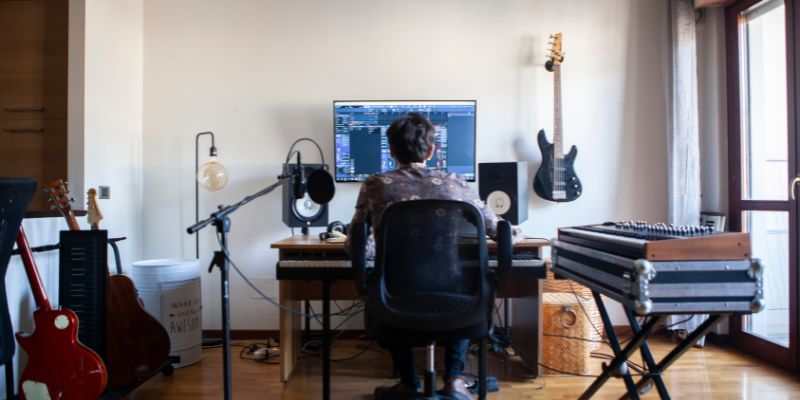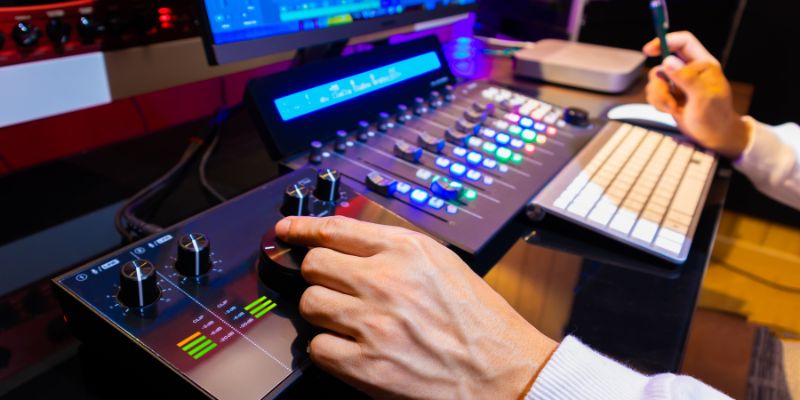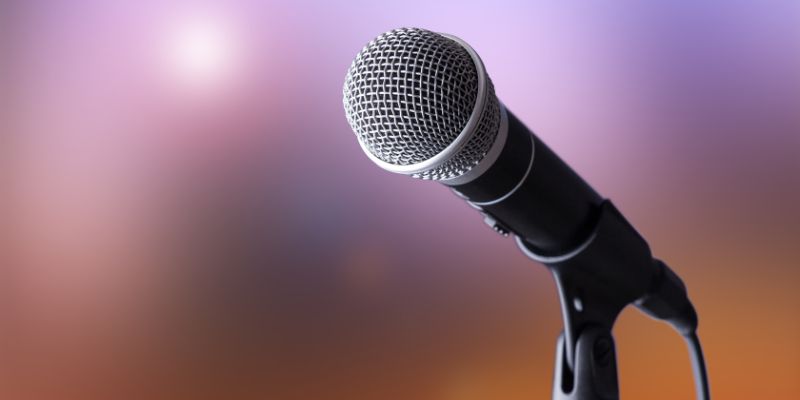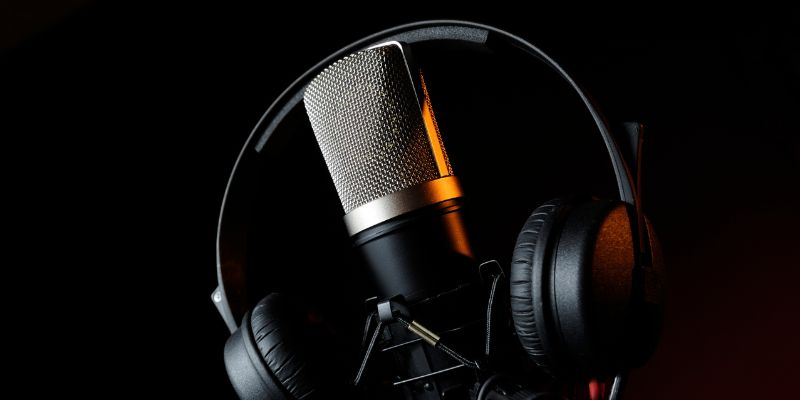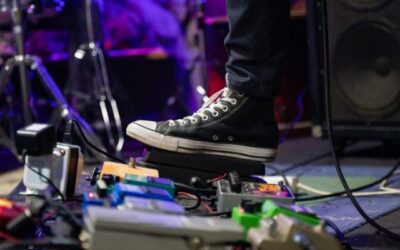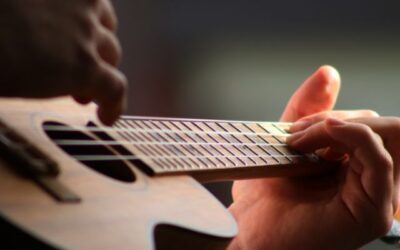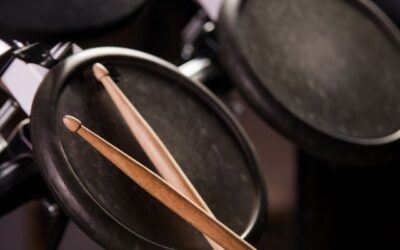So you’re doing it! You’ve decided to set up a home studio. Woah. That usually means you’re ready to take the next step into making music a big part of your life. And that’s exactly the kind of commitment we Taaqademians are fond of seeing! But—it can get a bit overwhelming deciding what you need, and it might be difficult to not get carried away buying new gear and equipment if you’re on a budget. Well, we’ve done some of this heavy lifting (with learnings obtained the hard way too!), so allow us to take you through some of the essential things you’ll need for a home studio setup, and more importantly, how to think through what you need.
Let’s Think a Bit First
Ask yourself – what kind of stuff do you think you’ll be working on? Are you a singer-songwriter? Do you have a band that writes music together, so you’d like to have a setup to put demos down to bring to rehearsals? Are you considering making a foray into ‘commercial music’ (making ad jingles, music for theatre/documentary/film etc.)? If you’ve got an idea/direction here, it may help with refining some of the ‘essentials’ vs. ‘nice-to-haves’.
Spend some time (if you haven’t already) thinking about this. We’ve put together a list of Essentials and Nice-to-Haves below – look through this, do a LOT of supplemental reading.. and only then go max out that credit card 😉
Essentials
Chances are if you’ve come this far already, you already know some of the basic elements on which you’ll be building the foundation for your home studio. A computer with adequate processing power and storage is non-negotiable, as is a Digital Audio Workstation (DAW) and an Audio Interface. The DAW is a program through which you can record, edit, mix, produce and conveniently have all your ideas for a particular track in a single space. Your DAW of choice will be based on what you’re comfortable with as well as your computer’s operating system. Ableton, Garage Band, Logic, ProTools, Cubase, Nuendo, Reaper – there are a lot of options, suited for different platforms and budgets.
Audio interfaces – the things that get all the ‘analog’ goodness of voice, guitars, piano etc. converted to ‘digital’ data for your computer/DAW to work on – also come in various options. A basic 2-in-2-out like the Scarlett 2i2 works great for a home setup. You will, also, need a good pair of Headphones (more on that later). Apart from this, the only other essential is YOU – your imagination, musicianship, and desire to create!
Nice-to-Haves
Once you’ve managed to start off with some of these essential components, we can start to go more in-depth into some of the nice-to-have things that will add to your musical arsenal:
Mics
Although we could have listed mics as essential, it all depends on the kind of music you’ll be creating in your studio. If you’re into, say, hardcore math rock or instrumental jazz, a mic may not be so necessary for your personal set-up. However, if you are planning on producing tracks with vocals or maybe podcasts, what are some budget-friendly mics that will get the job done? If you’re only able to buy one, which mic is the most versatile and affordable for your vocal and instrument recording needs?
If vocals will play a key role in your projects, you can’t go wrong with a mic like the classic, tried-and-tested Shure SM58 (Dynamic Mic; great if you don’t have a sound-treated/soundproof space) or the Rode NT1 (Condenser Mic; great if you have a treated room). These mics will give you everything you need for an overall well-rounded vocal recording experience. If instruments form a large part of your music, you’ll can also add other dynamic mics such as the Shure SM57, which remains one of the best options to record with instruments like drums or guitars. These options aren’t cheap – but deliver a lot of bang for the buck.
Only able to buy one mic for now? If you’ve got a reasonably treated/soundproof room, get your hands on a multi-purpose mic that can record both vocals and instruments, such as the Audio Technica AT2020.
Headphones and Studio Monitors
Ideally it’s recommended that a studio have both headphones and monitors as part of its setup. However, depending on your budget and living situation, this may not be feasible. Let’s go over some of the differences in case you need to decide between the two.
The obvious advantage of headphones is that they can get loud just for you, and you can get some surprisingly good flat-response (look that up!) ’phones on a tight budget. Good ’phones help you notice the smaller details in your music to make adjustments accordingly, but they can be tiring – and harmful to your ears – when used for long periods at higher volume settings. Studio monitors are always a nice option to mix music on and can help with perceiving and designing the ‘sound stage’ for your music. But you’ll need a good overall setup to use them. This means a reasonably treated room, proper stands for the speakers and an optimal listening configuration. Our advice – splurge on a good pair of headphones, pick up an entry-level set of small, near-field monitors. As you keep working with them, you’ll begin to ‘know’ their sonic signature (along with the influence of your room acoustics) and adjust accordingly. Which brings us to…
Soundproofing and Acoustic Treatment
While both of these things refer to controlling how sound moves around in a room, there are clear differences.
- Soundproofing is done more to prevent sound from escaping the room where the studio is set up. Essential for the maintenance of relationships (inside and outside the home!).
- Acoustic treatment is a more deliberate process that makes use of things like foam panels, bass traps, absorbers and diffusers (you’ve probably seen these on the walls/corners of pro studios) to achieve some desired sound from the room. Rooms are treated differently for recording and mixing; many home studios thus use a hybrid – a ‘recording’ end that is more ‘lively’ and makes vocals/guitars sound good; and a ‘mixing’ end which is more ‘flat’ and allows speakers to reproduce sounds more accurately.
As you continue on this journey, you’ll probably figure out a happy balance between the two.
Wrapping Up…
As you can see, there’s a lot of stuff you need to consider when setting up a studio. Some parts of the nice-to-have gear we mentioned here can get super complicated and technical. If it all seems like too much, why not talk to someone who’s been involved in the process of studio-building before? Taaqademy Music Production courses have experienced musicians and teachers who’ve been-there-done-that and will be glad to help you figure out what works best for your specific situation, and how to set up a studio customised for your needs.

